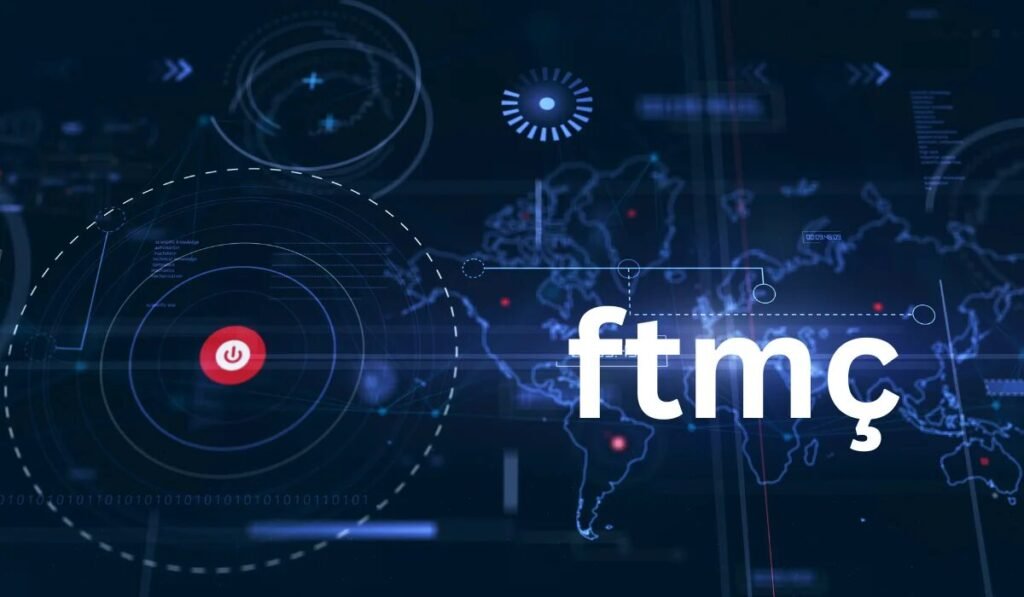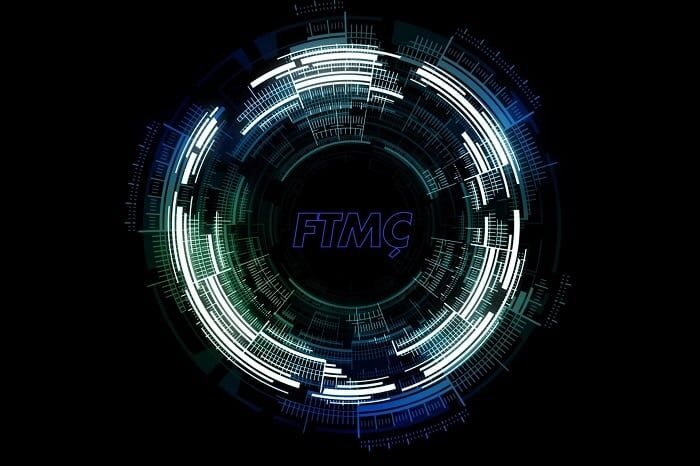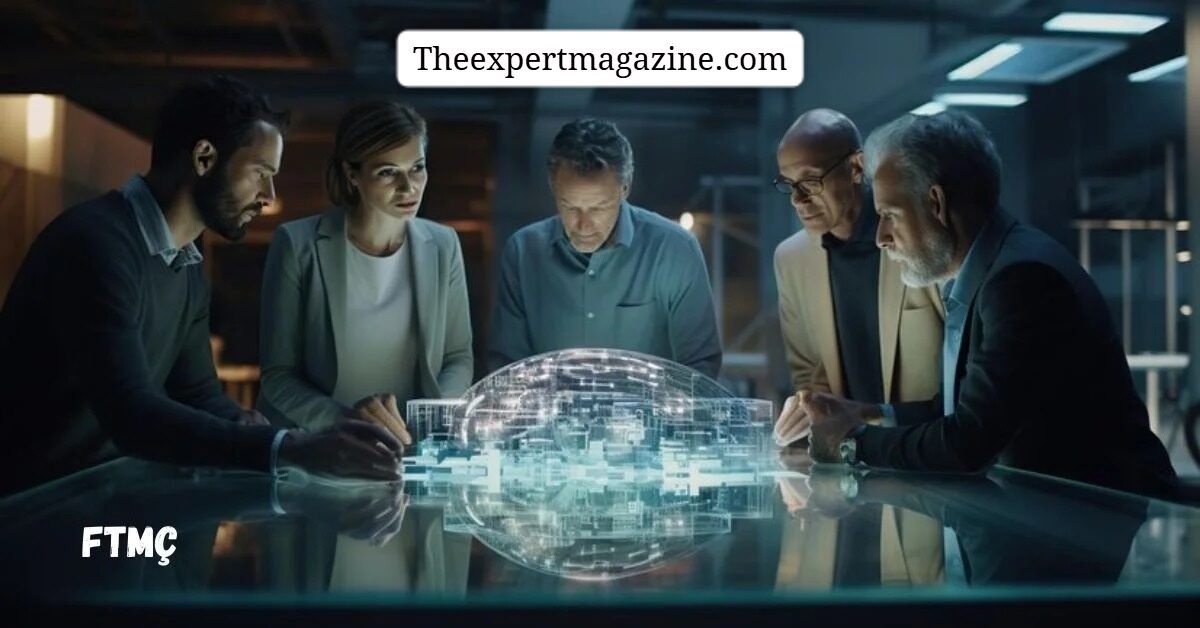Introduction
In today’s ever-expansion digital scenario, a word that has begun to receive significant traction is ftmç Answer. Although this may seem unfamiliar to many people, this concept represents the increasing limit of technological innovation. The FTMK stands at the intersection of advanced computing, digital integration and adaptive outlines, aimed at interacting with data and applications to industries, organizations and individuals. Its rise is not casual – it stems from traditional enterprises and increasing demand for efficiency, adaptability and safety in modern digital ecosystems.
Attraction with ftmç lies in its ability to serve as more than just a passing tendency. It is often described as a framework or modular approach that allows many industries – financial, healthcare, manufacturing, logistics and even education – to adapt procedures without compromising scalability. For example, cloud computing or blockchain once appeared before becoming the mainstream, the FTMK has been designed to re -shape in the next decade of digital change. In fact, to understand its ability, we should face its foundation, its applications and the challenges faced in adopting.
Table of Contents
What Exactly is FTMÇ?
The ftmç is best understood as a multi -level technical system designed to integrate flexibility, trust, management and connectivity. While the interpretation varies on the basis of the industry, most experts agree that the concept align with three central columns:
Flexibility – allowing organizations to adapt to digital operations without rigid structure.
Trust – Ensuring that data security, transparency and compliance are central for every process.
Management and connectivity – enabling spontaneous coordination between teams, networks and platforms.
Research has different expansion in brief form based on source, but its relevance lies in its adaptability. Some fields see FTMK as hybrid computing infrastructure, while others contact it as a strategic operating model for digital changes. Despite the definition, the general thread is that it emphasizes reliability and adaptability.
Why is FTMÇ Becoming Important?

In the world dominated digital integration, the pressure to rapid innovation without renunciation of security has never been high. Traditional systems struggle to keep pace with growing charge, decentralized teams and complex global networks. Ftmç provides a solution by creating an outline of automation, scalability and flexibility in one.
Industries are adopting FTMK for several reasons:
Global Connectivity: As companies expand worldwide, they require infrastructure that may be compatible with different rules and conditions.
Cyber security concerns: FTMK lays a strong emphasis on the trust, ensuring data security at all levels.
Cost Efficiency: By adapting the workflows, organizations reduce both operational costs and time wastage.
Future-proofing: Instead of the patch old system, FTMK provides a model that develops as technology.
This makes it more than only a discussion-it is a practical reaction to the challenges of the real world.
Main component of ftmç
To fully understand the FTMK, it is necessary to break its architecture. Most models include the following components:
1. Adaptive infrastructure
An FTMK system thrives when a modular. Unlike traditional rigid infrastructure, it allows for plug-end-play solutions where industries can only integrate components they require.
2. Trust-centric protocol
The trust is not a secondary benefit, but a built -in feature. This ensures safe data exchange, regulatory compliance and transparent communication among stakeholders.
3. Digital management layers
Centralized and decentralized management co -existence in FTMK model. This hybrid enables nature organizations to maintain control without losing agility.
4. Intelligent connectivity
FTMK promotes real-time integration between devices, applications and even cross-industry platforms. This ensures that the workflows remain uninterrupted and highly efficient.
FTMK’s real world application
FTMK is not only theoretical – it is already being discovered in many areas.
Health care
In healthcare, FTMK aids managing sensitive patient data, improves telemedicine platforms, and ensures strict health rules. Hospitals can rely on this for streamlined digital record-sharp and enhanced interoperability between the departments.
finance
Financial institutions adopt FTMAK framework to strengthen confidence in transactions, automate compliance checks and increase customer experience through safe mobile platforms.
Production
In production, FTMK optimizes supply chain processes by adding machines, logistics and analytics under an innate system.
Education
Universities and online learning platforms use FTMK to create adaptive e-superning environment where trust and management play a central role.
Comparative Overview: FTMÇ vs Traditional Systems
| Feature | FTMÇ Framework | Traditional Systems |
| Flexibility | Highly adaptive, modular | Rigid, hard to customize |
| Trust & Security | Built-in, layered protocols | Add-on, often fragmented |
| Cost Efficiency | Optimized and scalable | Higher operational costs |
| Connectivity | Real-time integration | Limited interoperability |
| Future-Proofing | Designed to evolve | Prone to obsolescence |
The Role of FTMÇ in Digital Transformation
Each major technical change requires a catalyst, and the FTMK may be spark for the next wave of well changes. Its combination of adaptability, confidence and management capabilities provides a blueprint for permanent growth in the digital economy.

Future-proofing companies look fast at their operations, which see the FTMK more than an alternative add-on. Instead, it becomes part of their strategic DNA – a guiding theory shaping policies, equipment and customer experiences.
Challenges in adopting FTMK
Despite its ability, Ftmk adoption is not without obstacles. Primary concerns include:
Lack of awareness: Many organizations still lack clarity as to what FTMK is.
Implementation Cost: Important initial investments may be required for infection in FTMK from traditional systems.
Talent Gap: There is currently a shortage of trained professionals in FTMK functioning.
Masters of standardization: Different industries interpret FTMK differently, create fragmentation.
However, these challenges are not adamant. With enlarged training, research and cooperation, FTMK can overcome these obstacles.
Future Prospects of FTMÇ
Further, experts estimate that FTMK will become an integral part of the global digital infrastructure by 2030. Its integration system with AI, blockchain and IOT is expected to make the system more flexible and user-centric. Industries that adopt quickly will possibly get a competitive advantage, while late adopting efficiency and belief.
Industry Use Case Comparison
| Industry | Application of FTMÇ | Benefits Delivered |
| Healthcare | Patient data management | Enhanced trust, improved records |
| Finance | Transaction monitoring | Secure, transparent systems |
| Manufacturing | Supply chain optimization | Reduced downtime, cost savings |
| Education | Adaptive e-learning frameworks | Personalized learning experience |
What is ftmç and Why Does It Matter?
The FTMK term has emerged as a shorthand in technology circles, which is often associated with flexibility, transparency, management and quality outlines in digital systems. Although interpretations may vary depending on the reference, the inherent purpose of the FTMK rotates to streamline procedures and ensure reliable results. For organizations, adopting FTMK principles can mean greater efficiency, rapid decision making and day-to-day operation errors. For individuals, FTMK represents a future where the instruments are not only clever, but also more favorable to the real world needs.
Applications of ftmç in Modern Sectors
The adaptation capacity of the FTMK makes it suitable for a variety of industries. For example, in data analytics, it can be implemented to ensure transparency in reporting and better accuracy in predictions. In finance, FTMK framework may improve risk management systems and customer trusts. Similarly, in creative industries, FTMK can aid in managing intellectual property, ensuring both safety and quality standards.

Business benefits from FTMK through better workflow automation.
Developers use it to make scalable digital platforms.
The end-user experiences smooth, more secure interaction.
These diverse applications suggest that FTMK is not only another short -term buzzword, but a concept that can change processes.
Challenges and Future Potential of ftmç
While the benefits are obvious, the implementation of FTMK comes with its share of challenges. Organizations should invest in training, infrastructure and cultural adaptation to fully integrate such structures. Another obstruction lies in ensuring universal standards so that FTMK does not disappear in industries. Despite these issues, the increasing demand for reliable and transparent systems suggests that FTMK will continue to develop. Experts estimate that as businesses adopt digital-first strategies, FTMK will play a central role in ensuring that innovation remains both practical and reliable.
Conclusion
The FTMK may look like a complex concept at first glance, but its principles are highly practical. It merges flexibility, confidence and connectivity into a single structure that is capable of changing industries. From healthcare to finance and education, the impact of FTMK is already visible, and its relevance will only be strong with an increase in digital demands. While challenges such as cost, awareness and standardization remain, long -term benefits remove these early obstacles. Now the organizations that adopt the FTMK will not only be ahead of the competition, but will create ecosystems that thrive on trust, adaptability and sustainable development.
FAQs
Q1: Is FTM answer a software or a framework?
FTM is not limited to answer software; It is better described as a outline or model that integrates many digital technologies to achieve flexibility, trust and connectivity.
Q2: Which industries are most benefited from FTMç?
Healthcare, finance, manufacturing and education currently show the most active adoption, although its applications are universal.
Q3: What does FTMK make different from cloud computing?
While cloud computing focuses primarily on storage and access, FTMK emphasizes confidence, adaptability and integrated management in many layers.
Also Read This: Top Unlocking Powerful Insights About Yürkiyr Today 2025
